Radiata Pine (1/2)
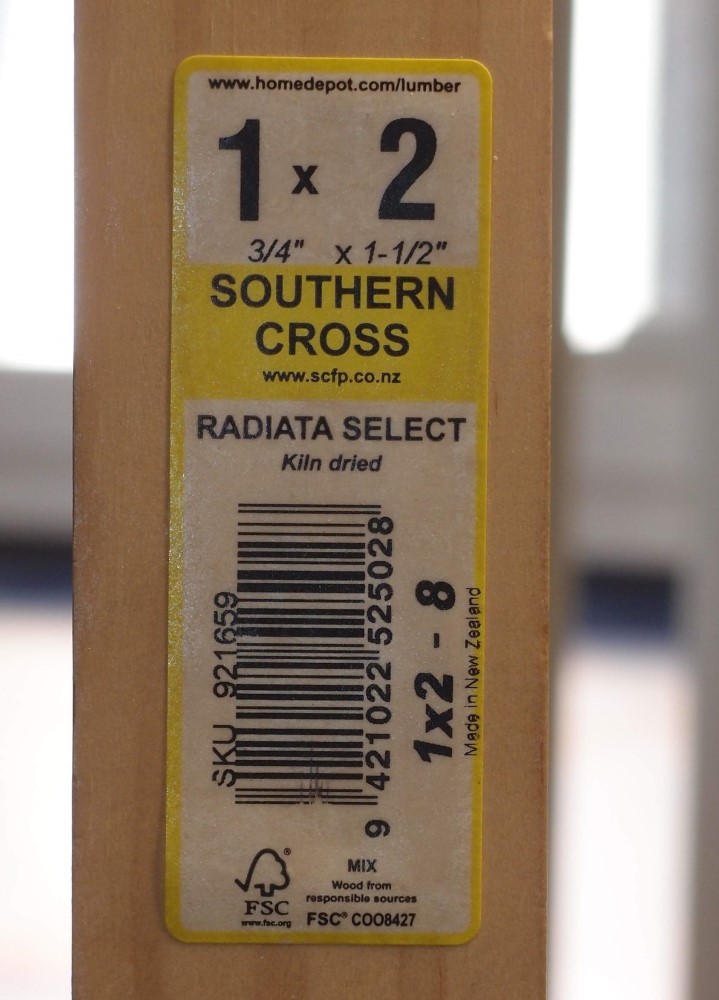
Here in the Northeast ( and probably everywhere ) Home Depot sells two grades of wood: Number 1, which they label as 'Select', and Number 2. Number 1 costs about twice as much as Number 2. Lowes is similar. Both grades are pine, not hardwood.
Number 2 wood is very light-colored and lightweight, and soft - you can make a mark with your fingernail without even trying. I assume this is ordinary Eastern White Pine, Pinus strobus. Apart from the qualities of the wood, the boards themselves are lesser quality, often with with large knots, voids, and warping, although if you pick through you can usually find better ones. However, the softness makes this material a non-starter for a guitar body.
Number 1 wood is much more expensive, equal to what they charge for hardwoods like oak. Compared to Number 2 wood, it is noticeably heavier and harder, with a slightly darker color. The 'fingernail test' takes some effort to make a mark. The boards themselves are also of much higher quality - straight grain, no knots or voids, and very little if any warping. In every case, I have found this material to be Radiata Pine, Pinus radiata, although in the south it could turn out to be some kind of locally grown 'Yellow Pine'.
Radiata is harder than both Alder and Poplar, which are ‘hardwoods’. It is somewhat heavier, but not excessively so. This makes it an excellent candidate for a body wood. It is also strong and stiff and straight and makes a fine neck material as well.
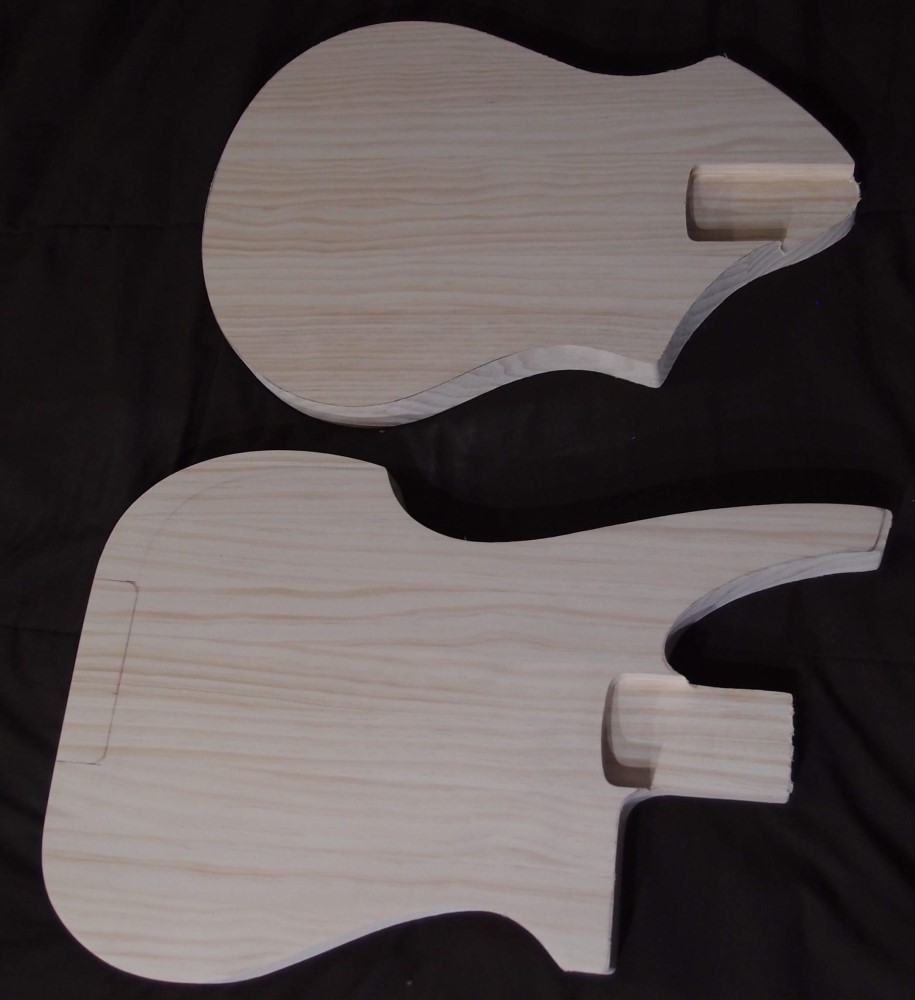
Radiata pine is native to Southern California, where it was well on the way to extinction ( with no help from us ) until somebody realized that this stuff is frickin’ awesome. The trees are now farmed all around the world, much of what I have used came all the way from New Zealand. The farmed trees are carefully pruned and tended, and as a result, the wood is straight and free of knots. It is some of the finest wood I have ever seen, and you can get it at Home Depot.
Some Radiata body projects:
The Radiata story is not unique. The best way to save a species is to work out some good recipes for it. How many chickens and cows are there in the world now? Coincidentally, the best way to exterminate a species is also to work out some good recipes for it. South Korea had a plague of Bullfrogs descended from pets brought in by GIs. The South Koreans started eating them, and now they are hard to find. I’m sure some enterprising Koreans are now farming them. North Korea wishes they had bullfrogs.
I pick the lumber based mainly on dimensions, you can find as much as a sixteenth difference between pieces; not everything shrinks equally in the kiln. I tried to avoid skinny pieces, always preferring fatter ones.
I also looked at straightness, although since you will be cutting them into short pieces, that is not that important. This tends to be very high-quality wood, and most pieces have at most just a slight bow that can be crushed out in gluing. Here on the east coast, there is a Home Depot every few miles; if your store doesn't have a good selection, try the next one.
Lastly, I looked at grain and defects. You want nice sharp corners and smooth faces. Knots are less of a concern - small ones can be flipped inside, or left showing for character. Many defects can be cut around or hidden, which is why they are of least concern.
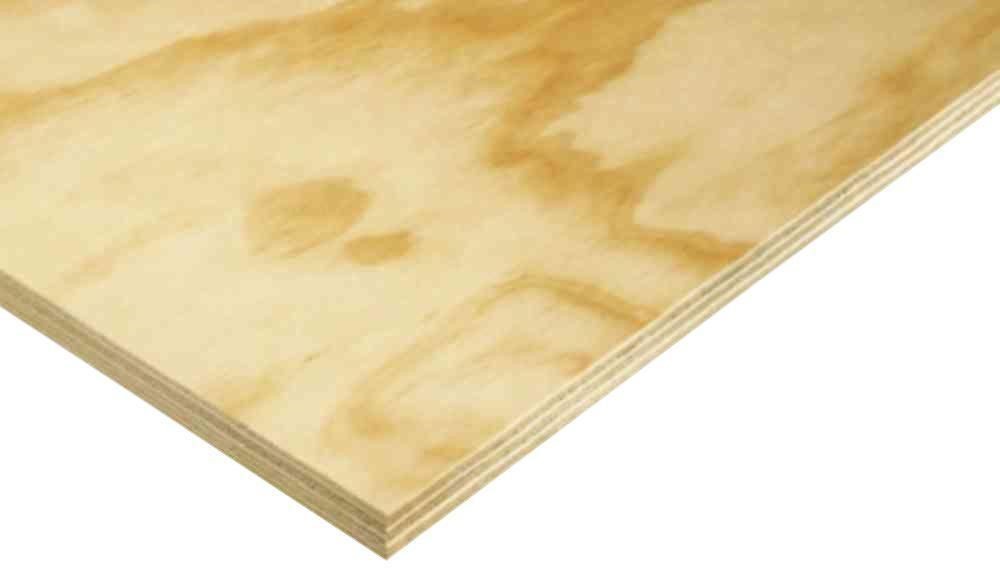
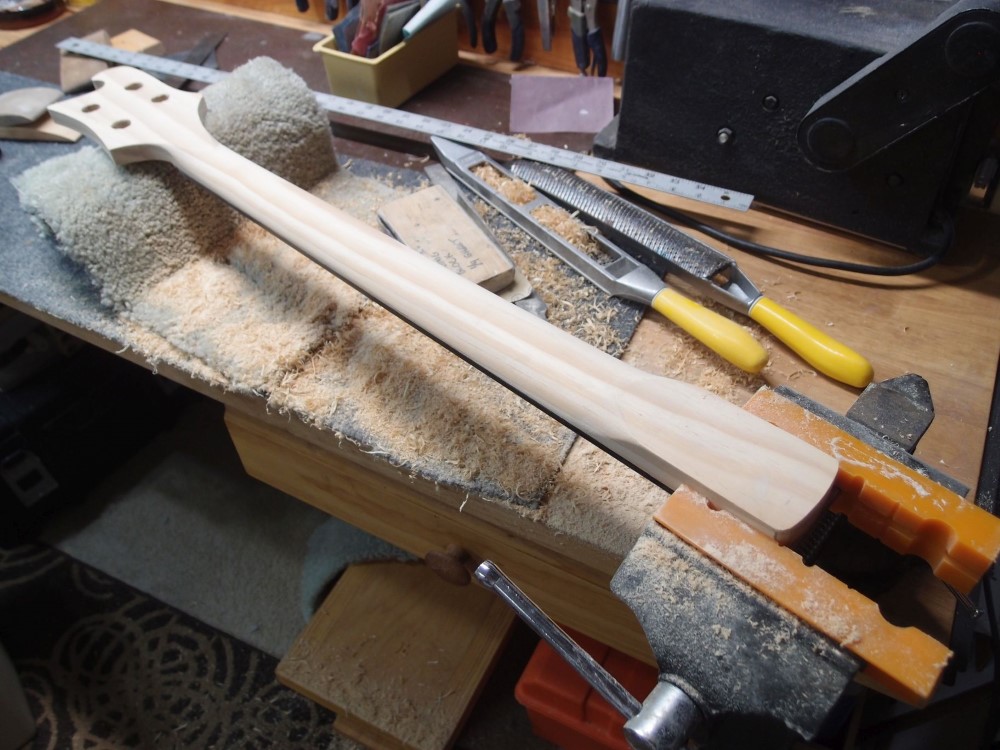
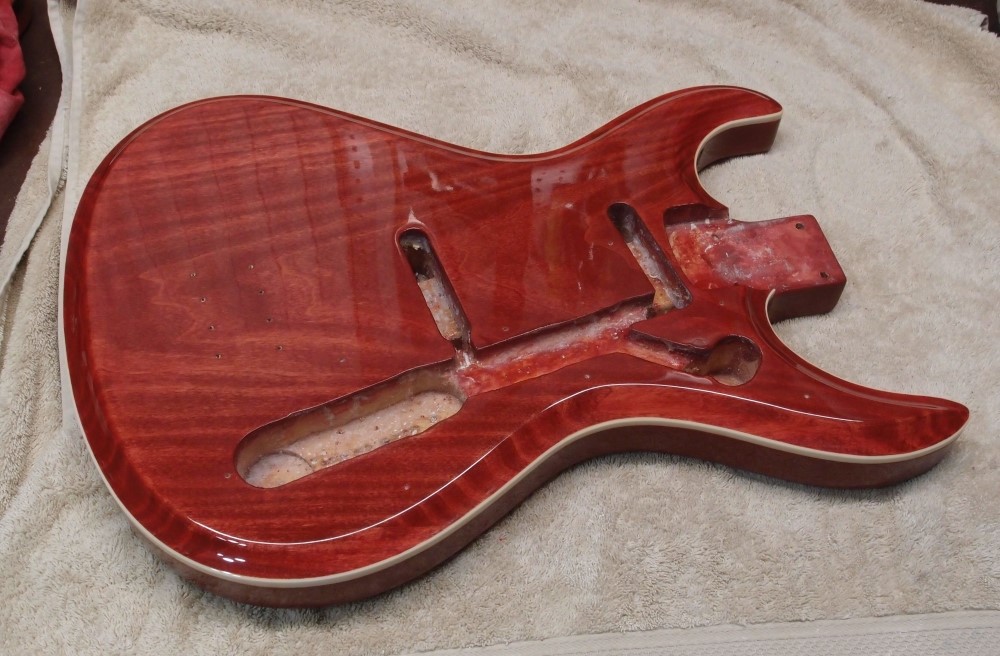
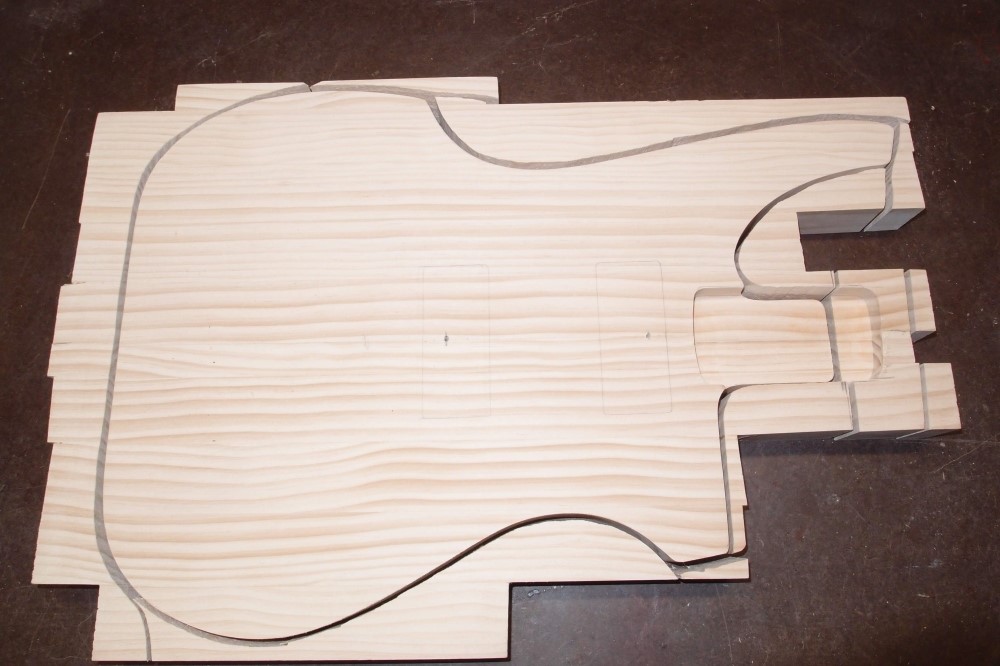




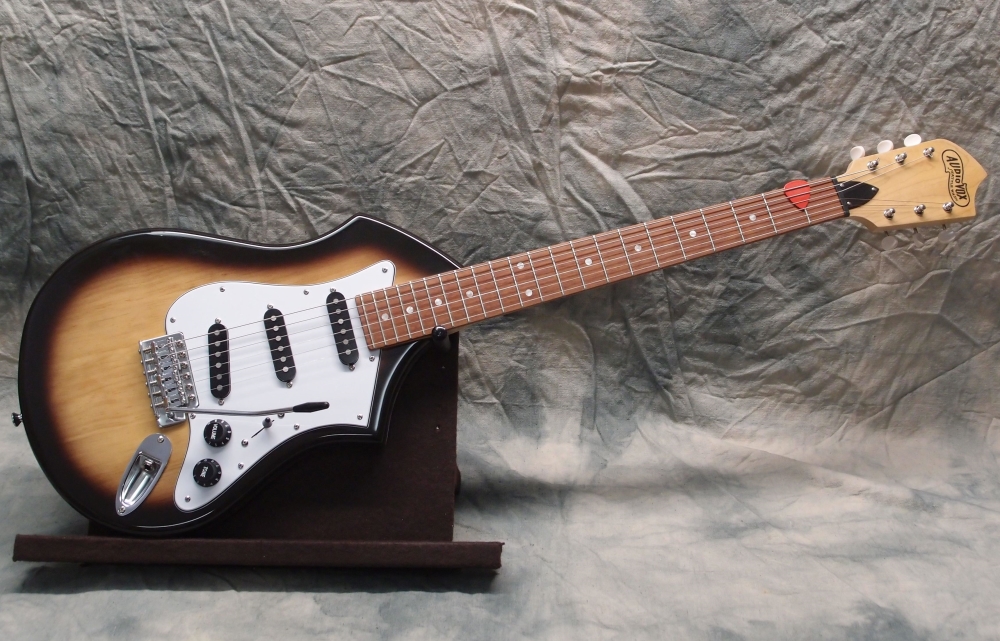
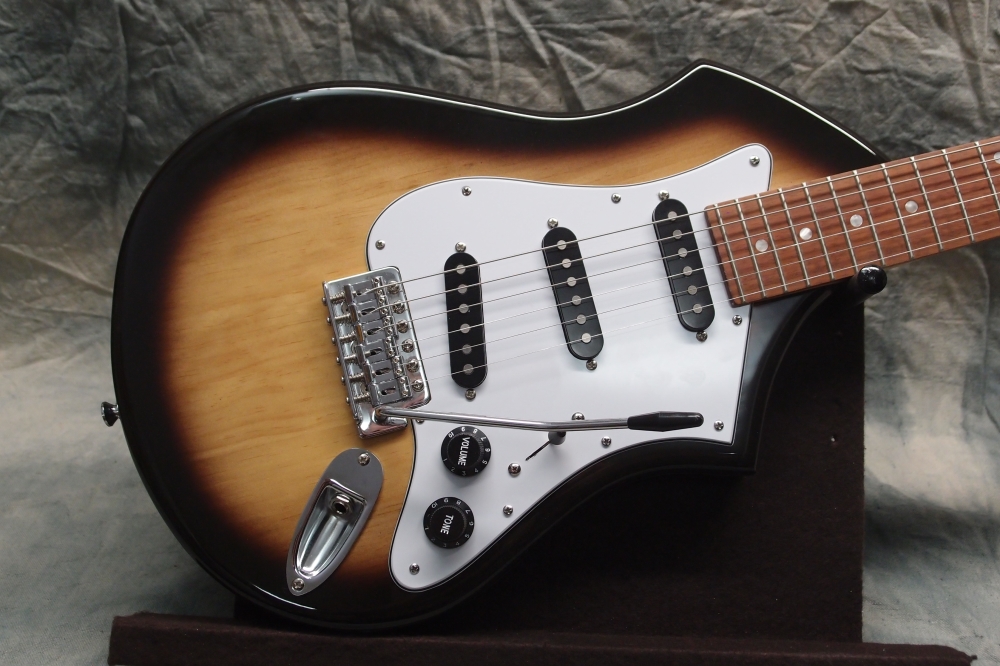

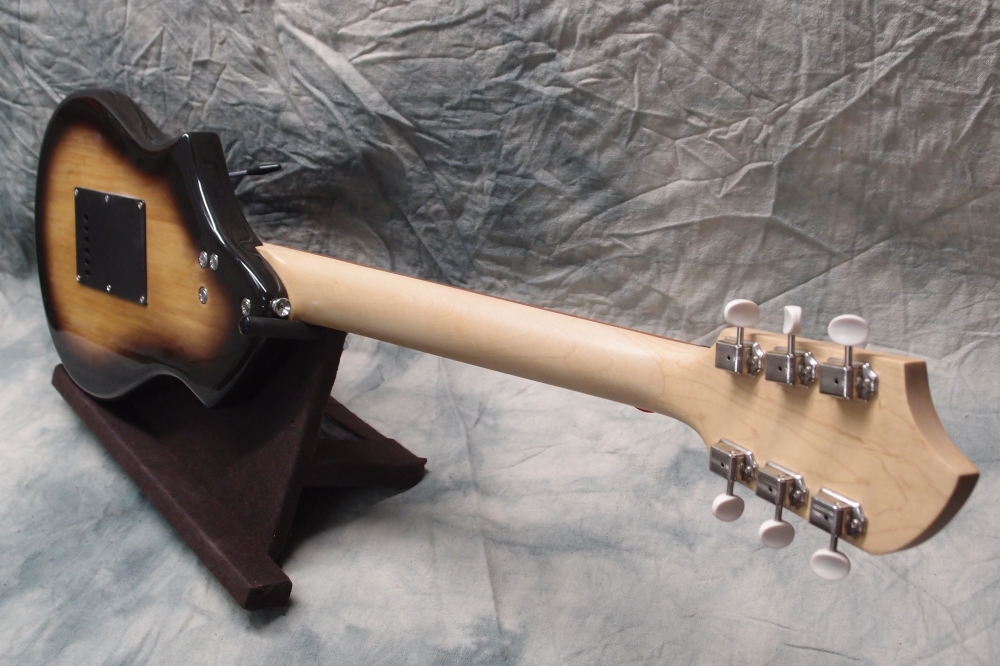
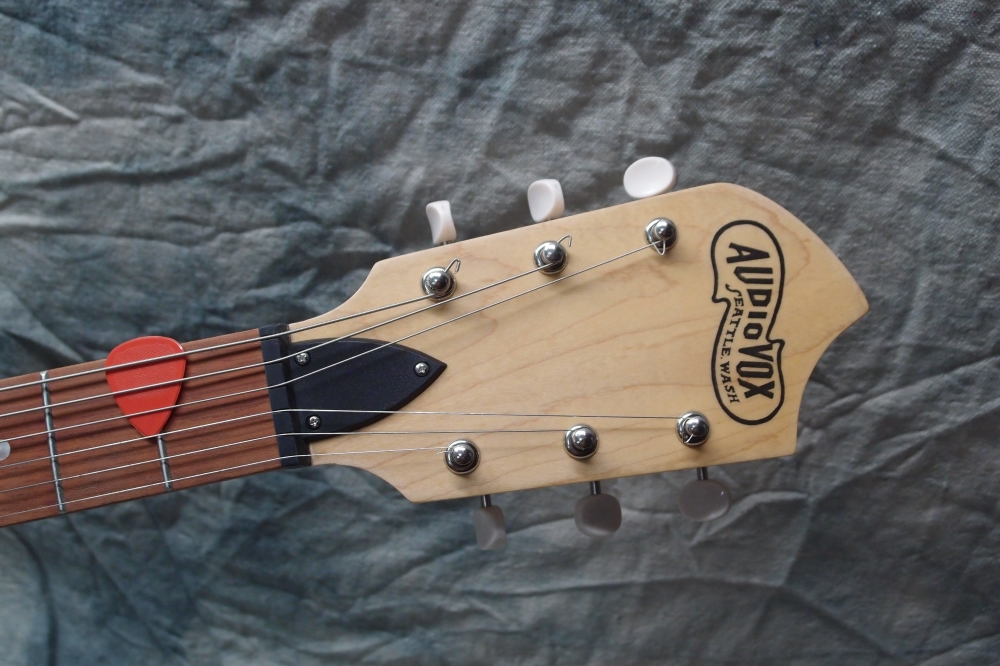

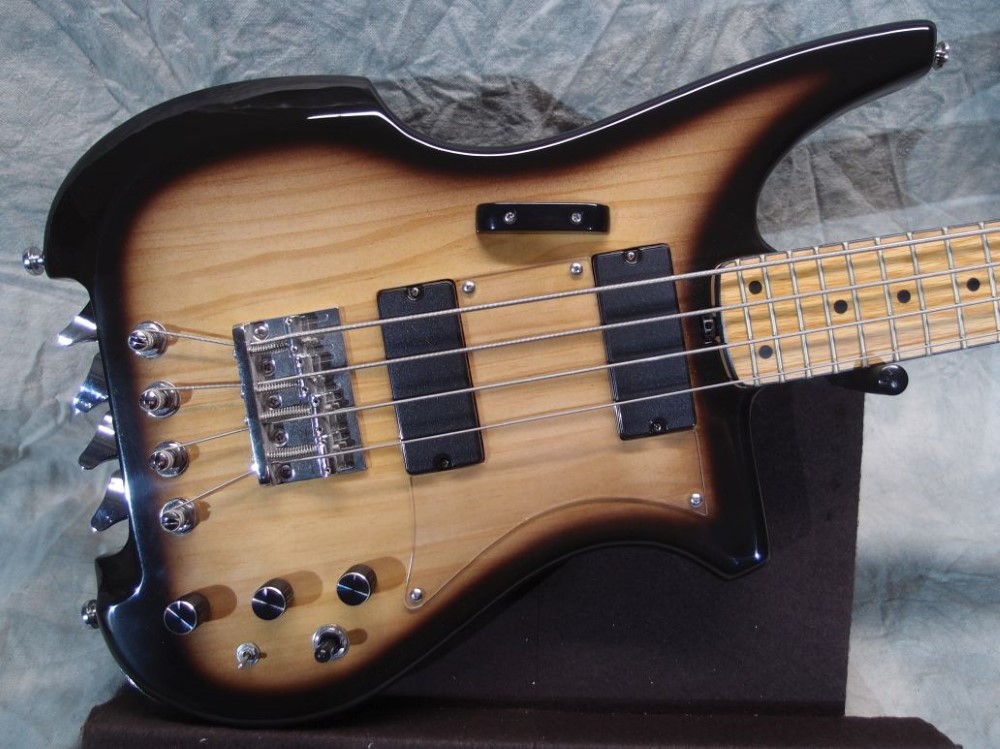
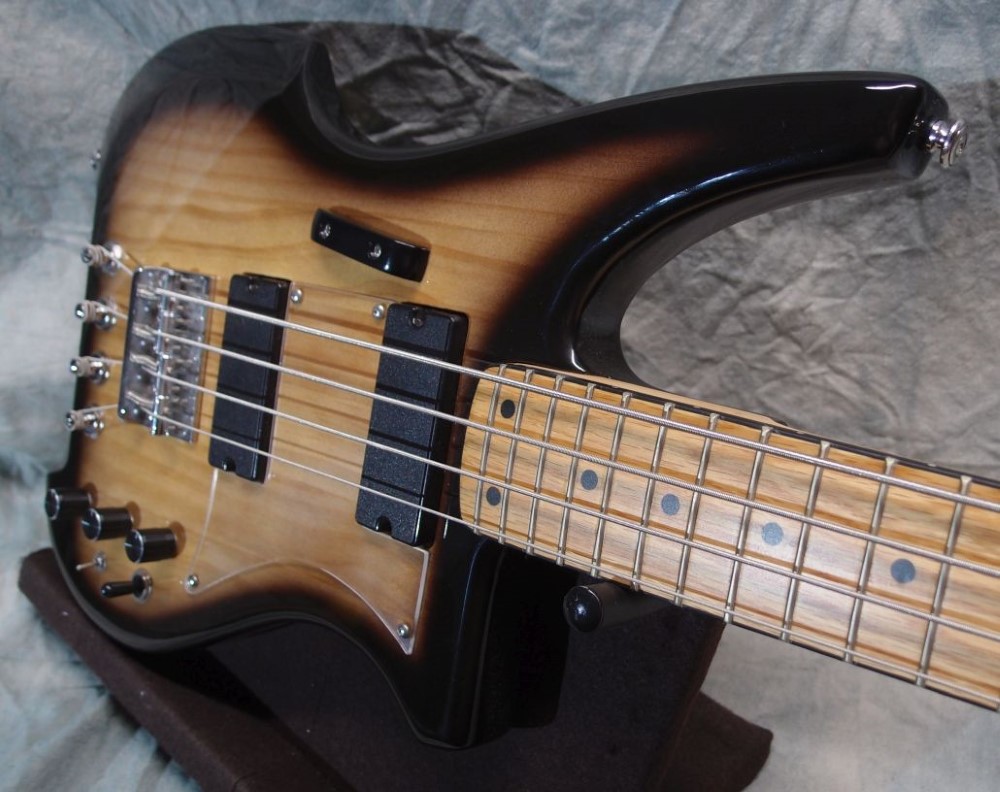
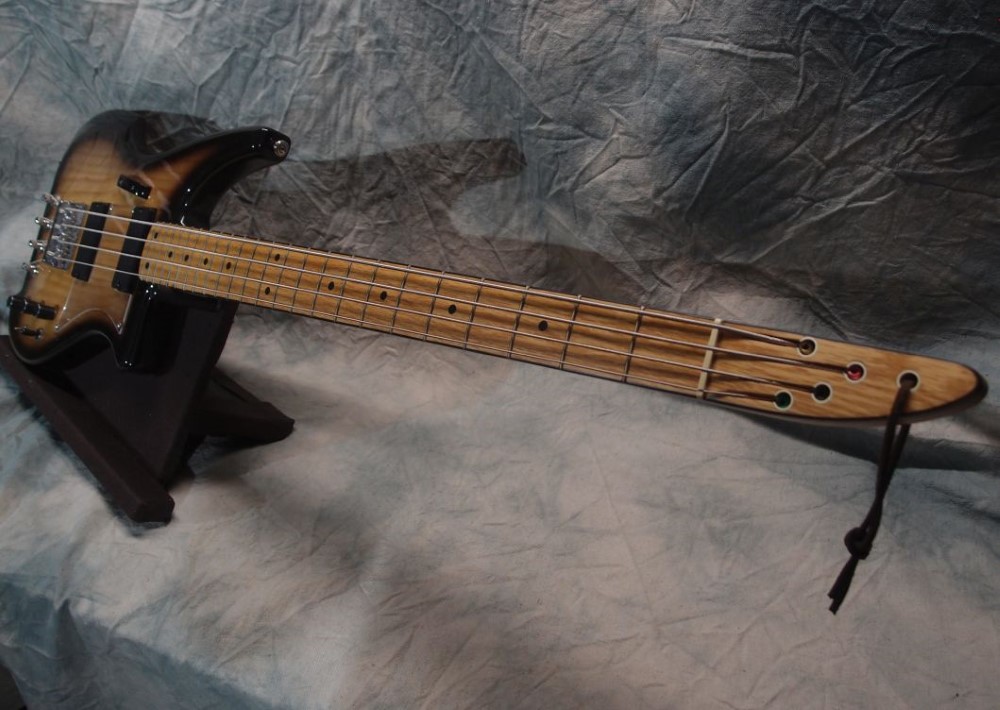
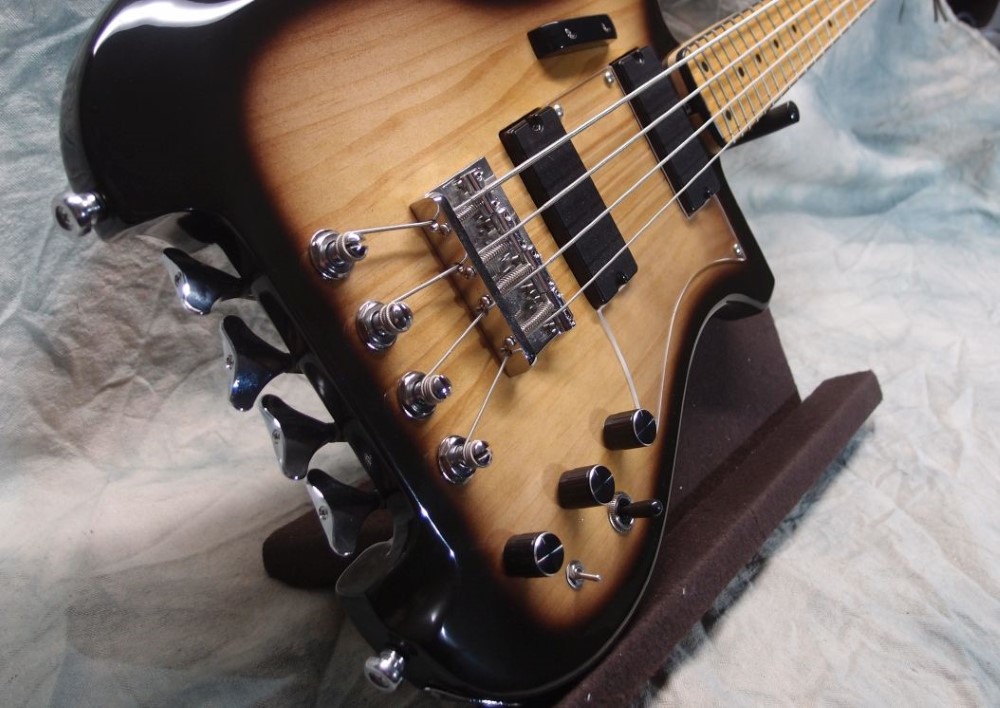
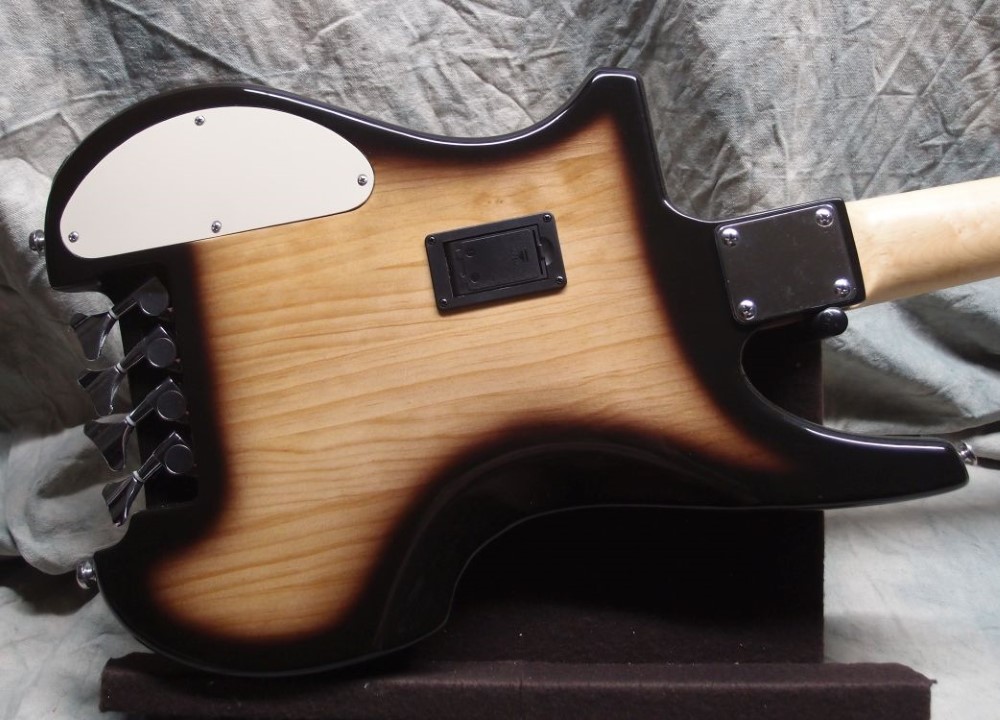
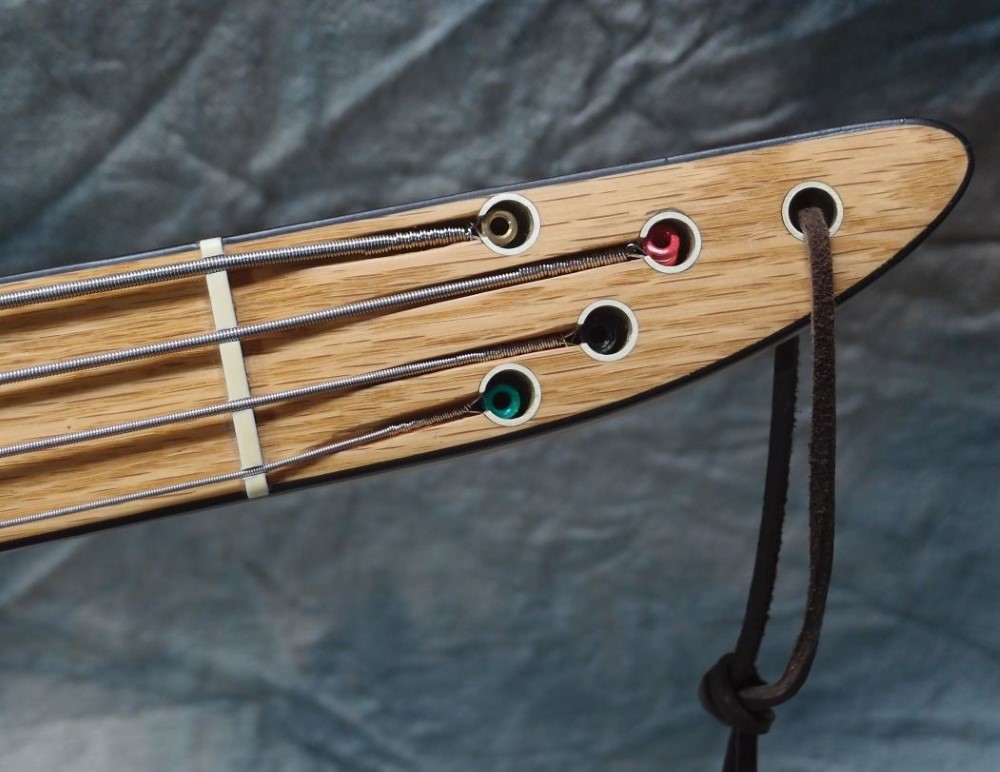

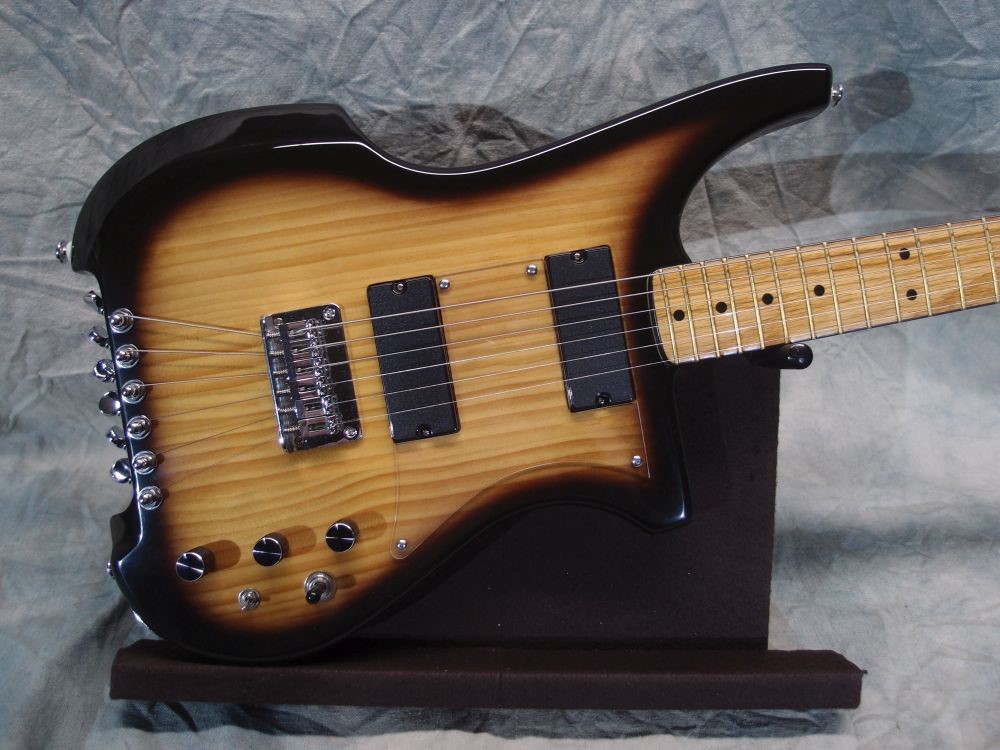
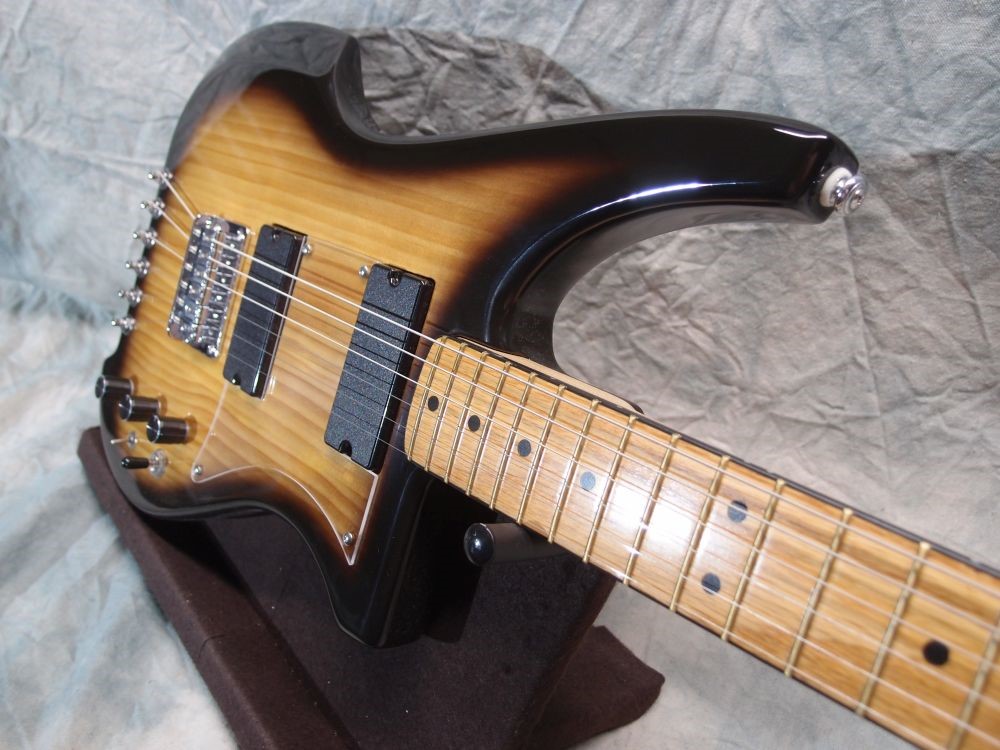
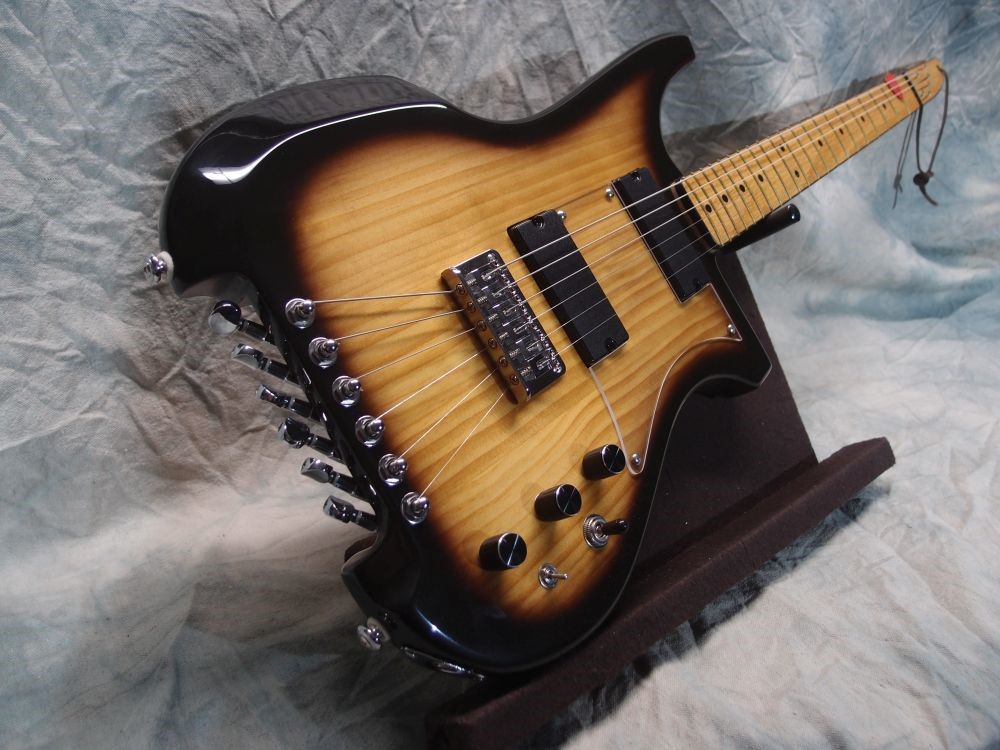
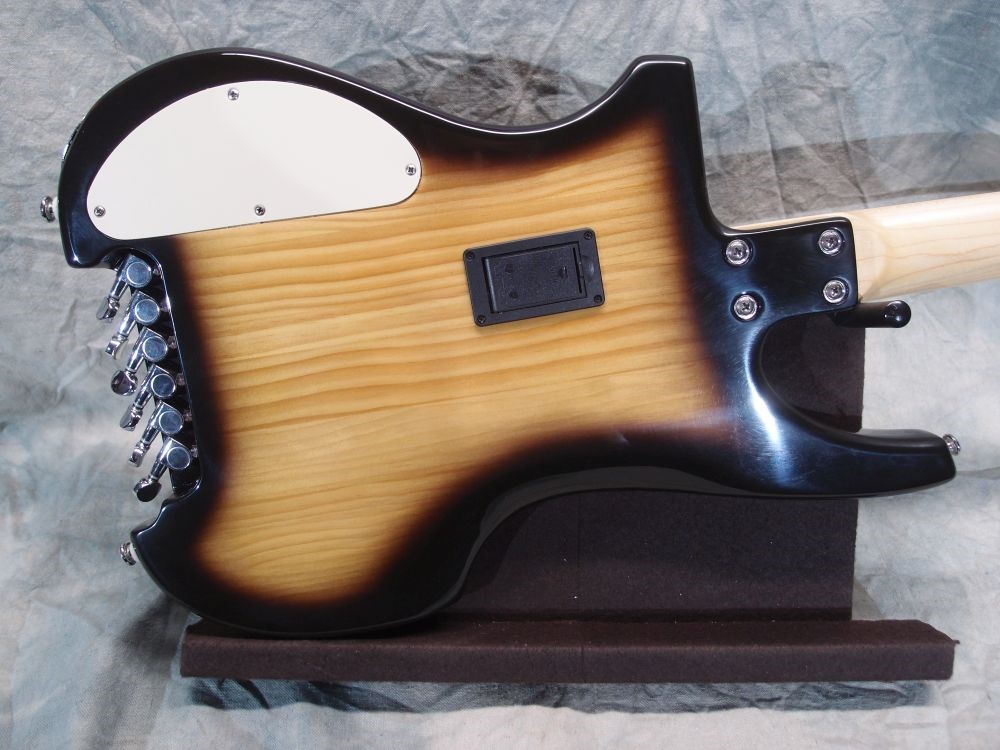
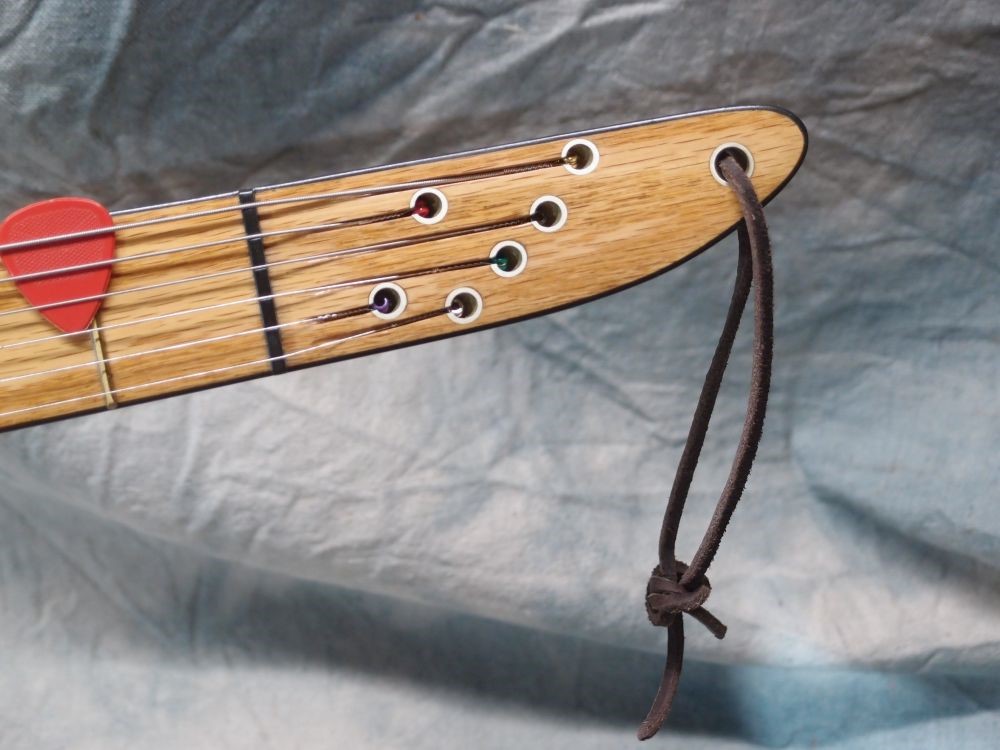
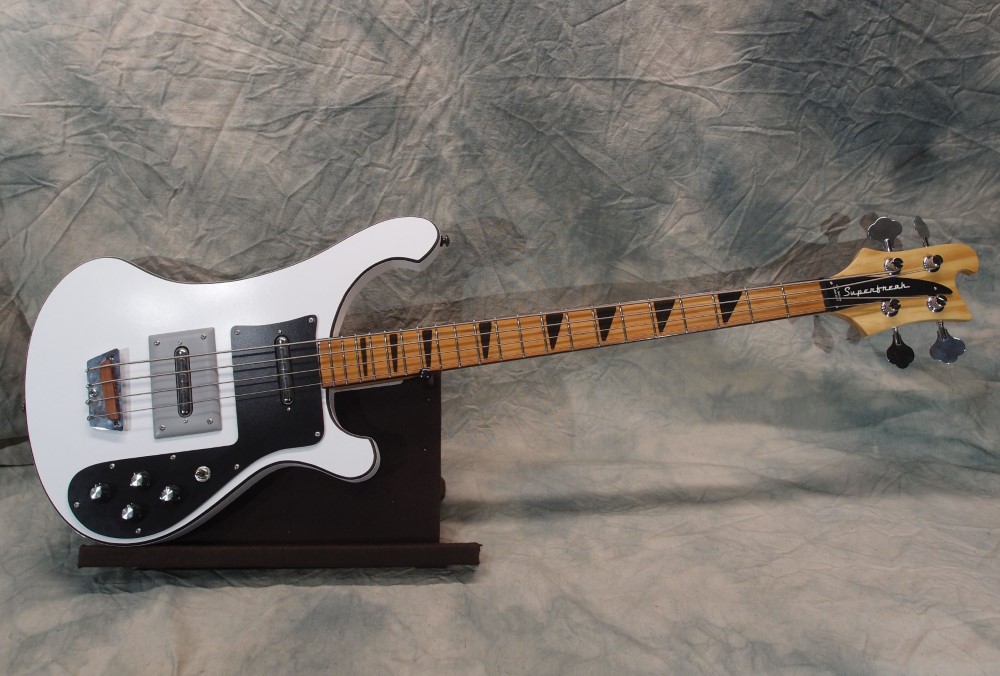
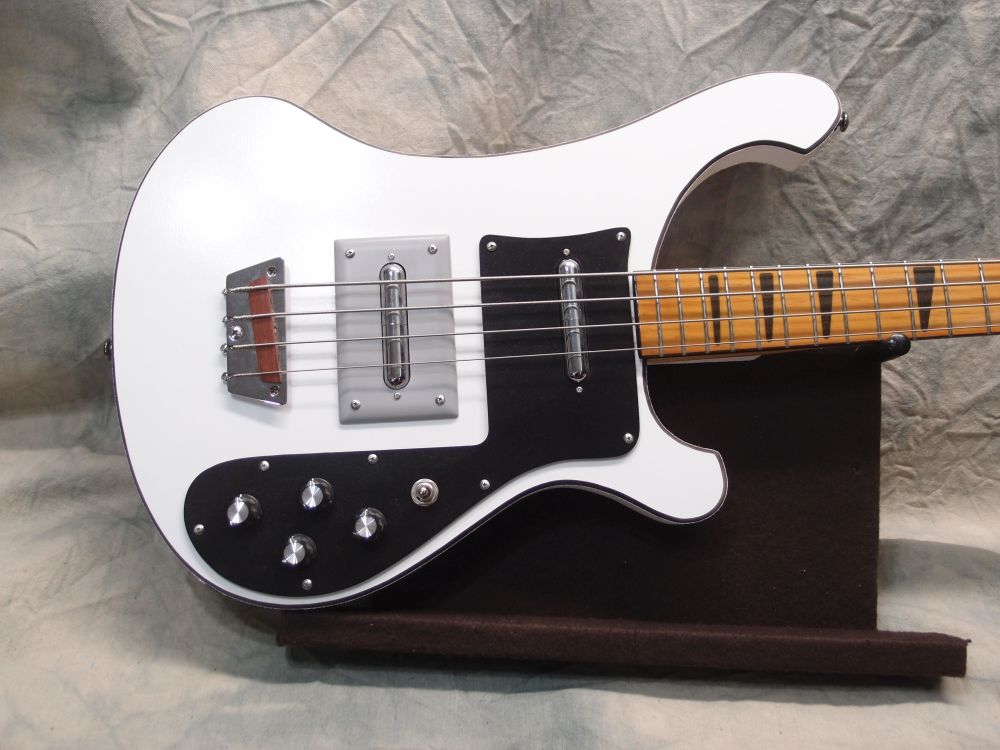
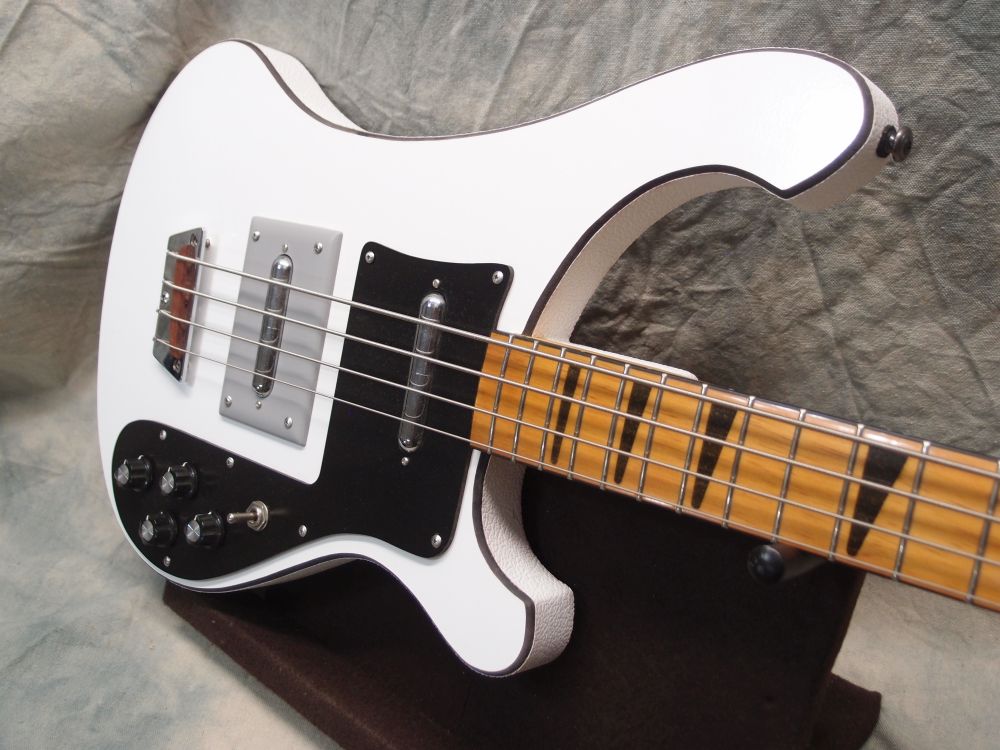
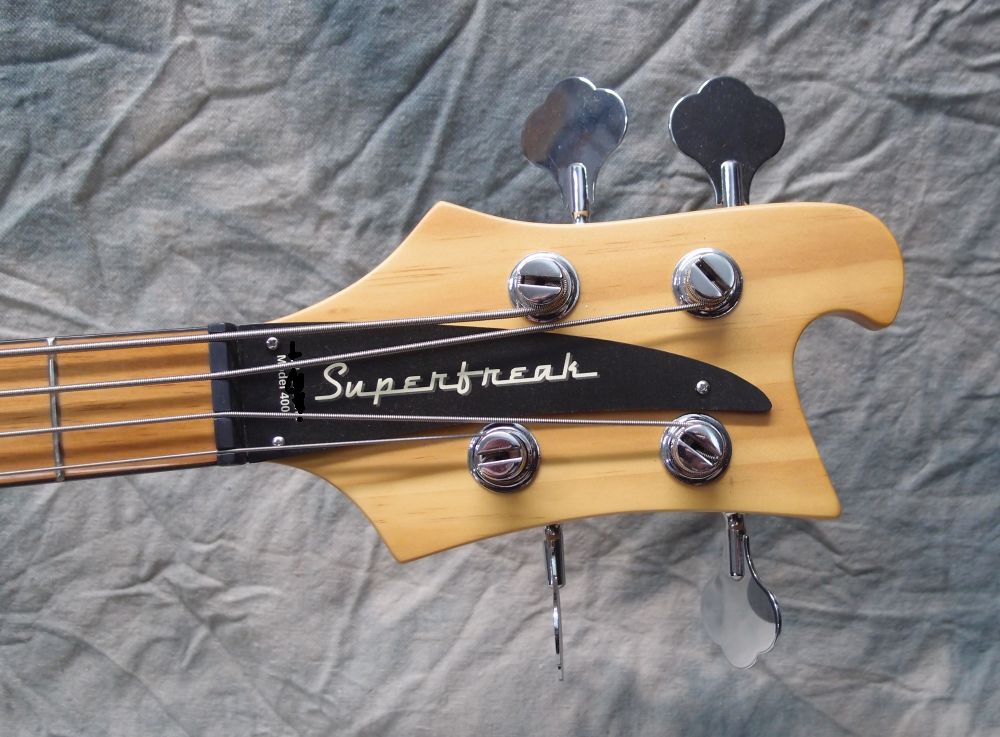
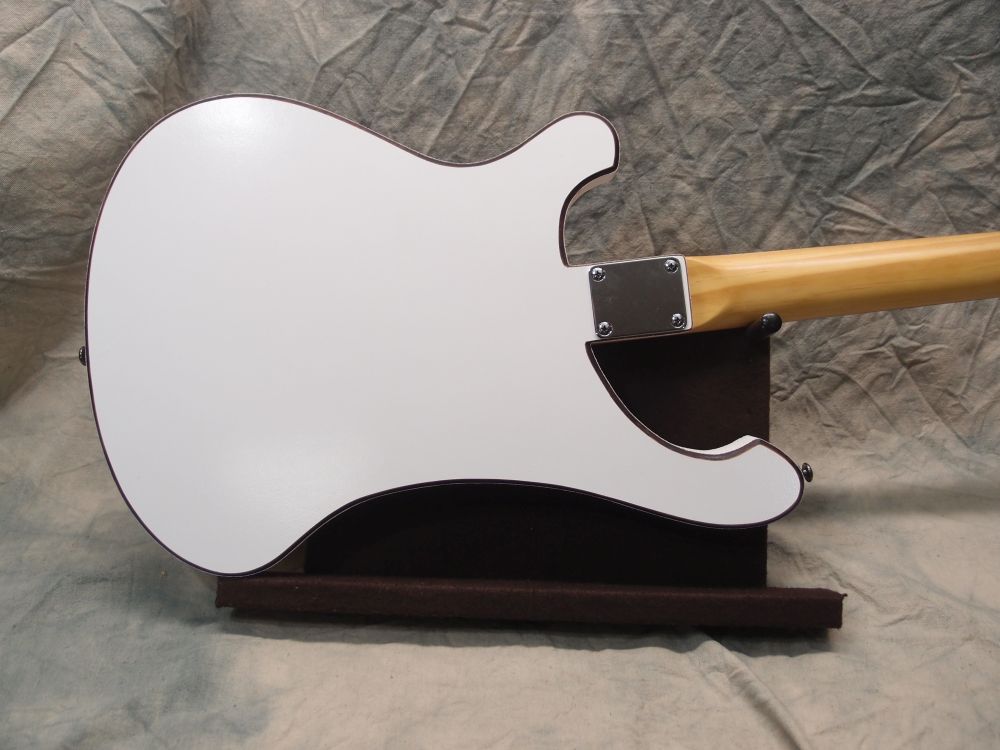
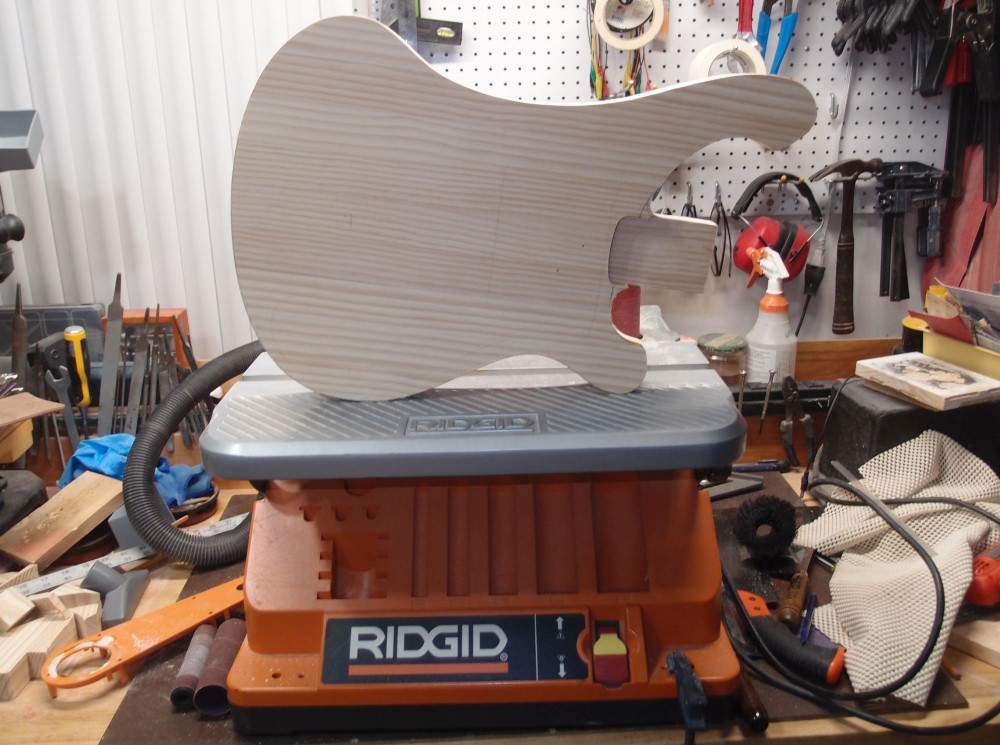

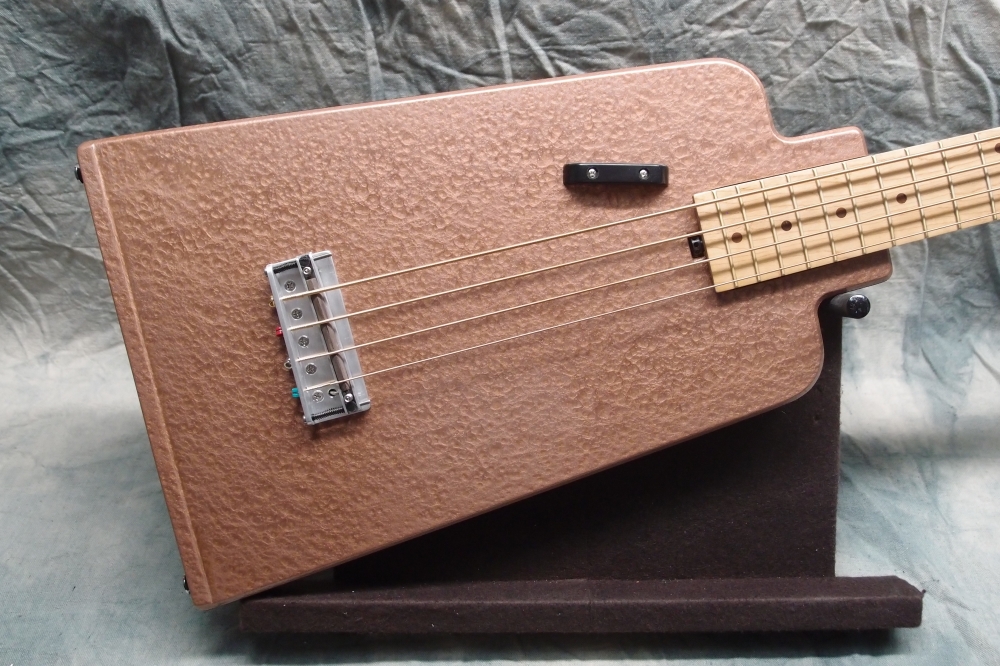
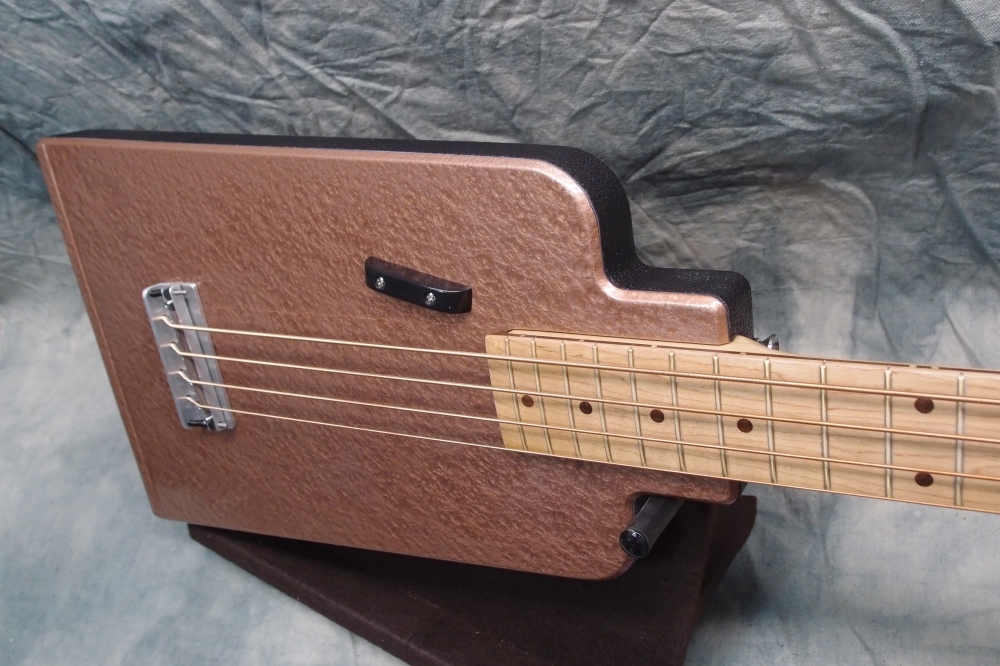
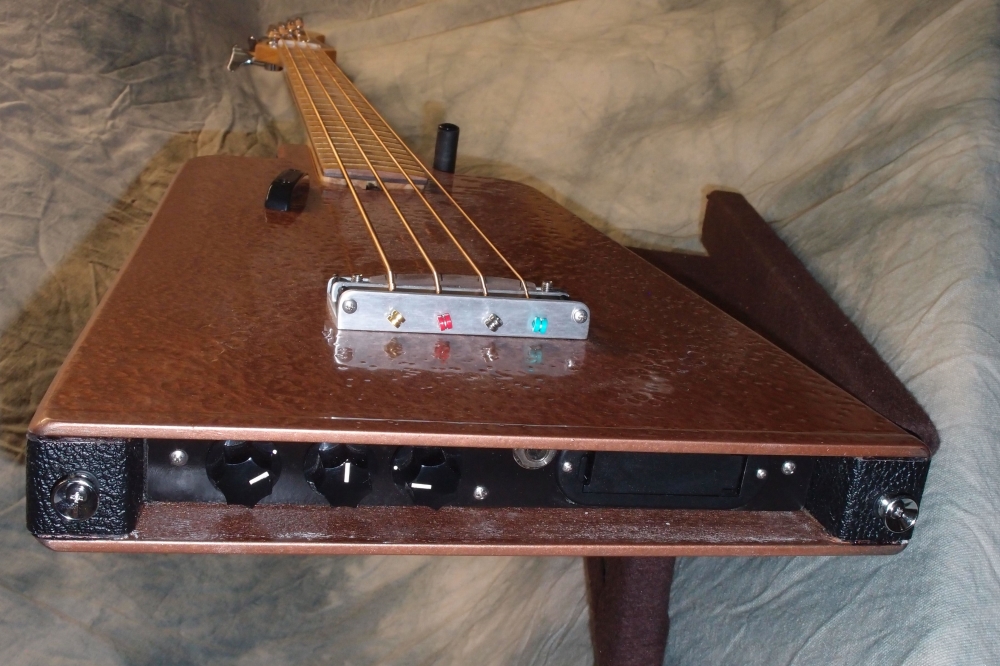
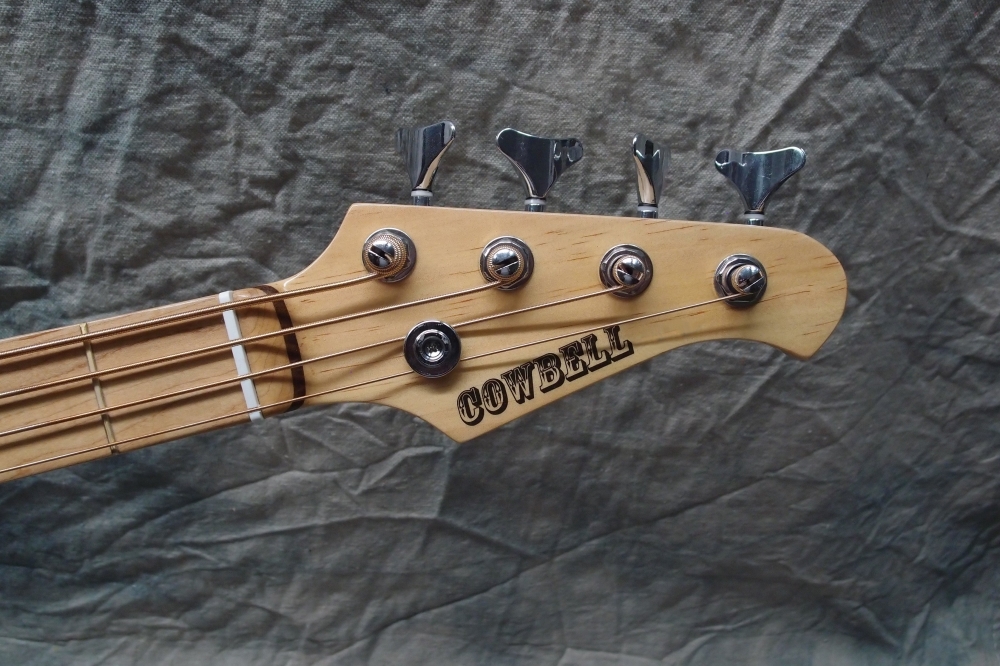
Questions or Inquiries?
Just want to say Hello? Sign the .